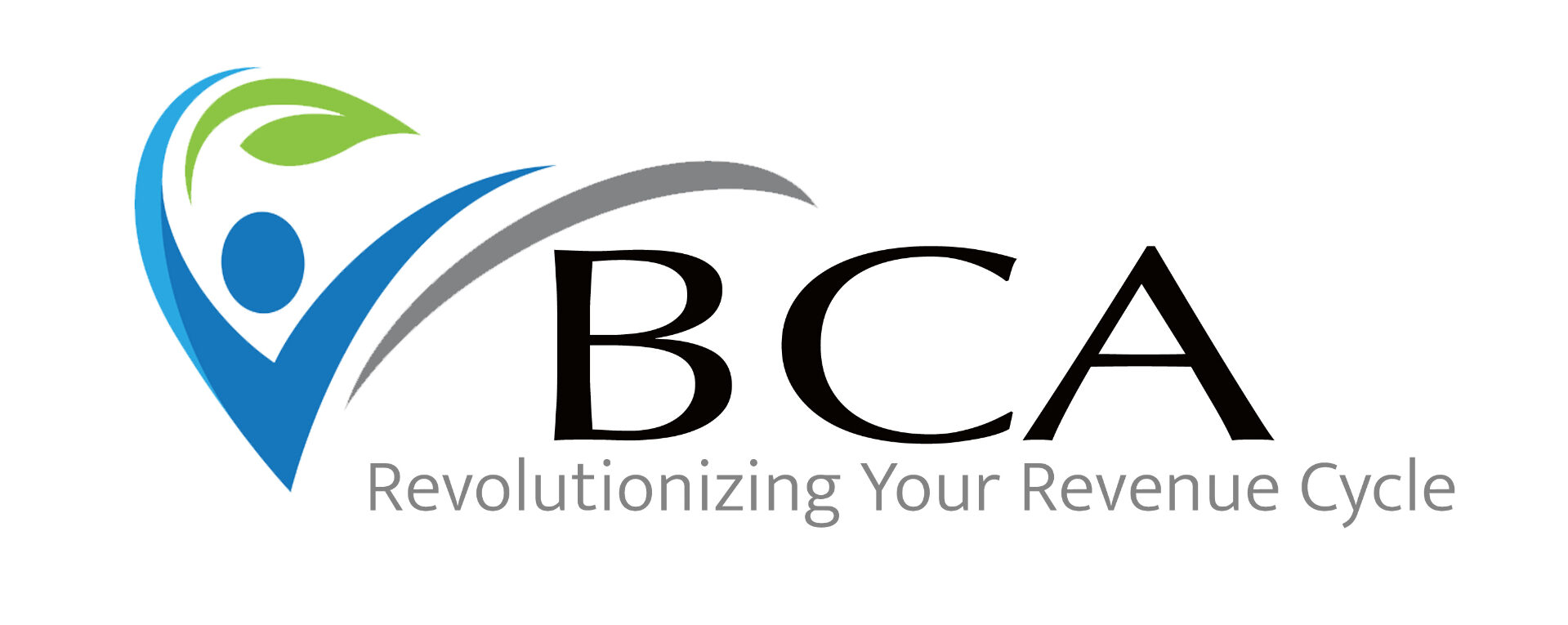We have reviewed NACHC’s response to the legislation passed in the House of Representatives, and the implications are deeply concerning—not just for Community Health Centers (CHCs), but for millions of patients and communities across the country.
According to NACHC, this legislation jeopardizes health coverage for an estimated 4 million CHC patients. The projected impact includes $7 billion in annual uncompensated care costs, $13 billion in lost economic activity, 34,000 job losses, and the closure of 1,800 health center sites nationwide. Even more alarming is the potential for 5,000 to 6,000 preventable patient deaths each year due to disrupted access to care.
CHCs serve as a critical safety net—particularly for individuals who lose Medicaid or Marketplace coverage. When people lose insurance, their need for care does not disappear; they turn to CHCs. NACHC estimates that over the next decade, CHCs will serve at least 4 million additional uninsured patients—2 million of whom will have lost Medicaid coverage.
These are not abstract numbers. They represent children, veterans, seniors, farm workers, and caregivers—individuals who contribute to our economy and depend on CHCs for affordable, comprehensive care.
The timing could not be worse. Many CHCs are already under significant financial pressure, with nearly half operating with 90 days or less of cash on hand. This legislation adds another layer of instability at a time when federal CHC funding is set to expire in less than three months.
Rather than reduce coverage and strain already stretched resources, NACHC is calling on Congress—particularly the Community Health Center Caucus—to act swiftly and in a bipartisan way. The call to action is urgent: protect Medicaid, extend CHC funding, and prioritize investments in primary care for the 100 million Americans struggling to access affordable healthcare.
If others have reviewed NACHC’s statement or are already feeling the effects of this shift in their work, we encourage sharing perspectives. What trends are being observed on the ground? How should we be preparing as an industry?
